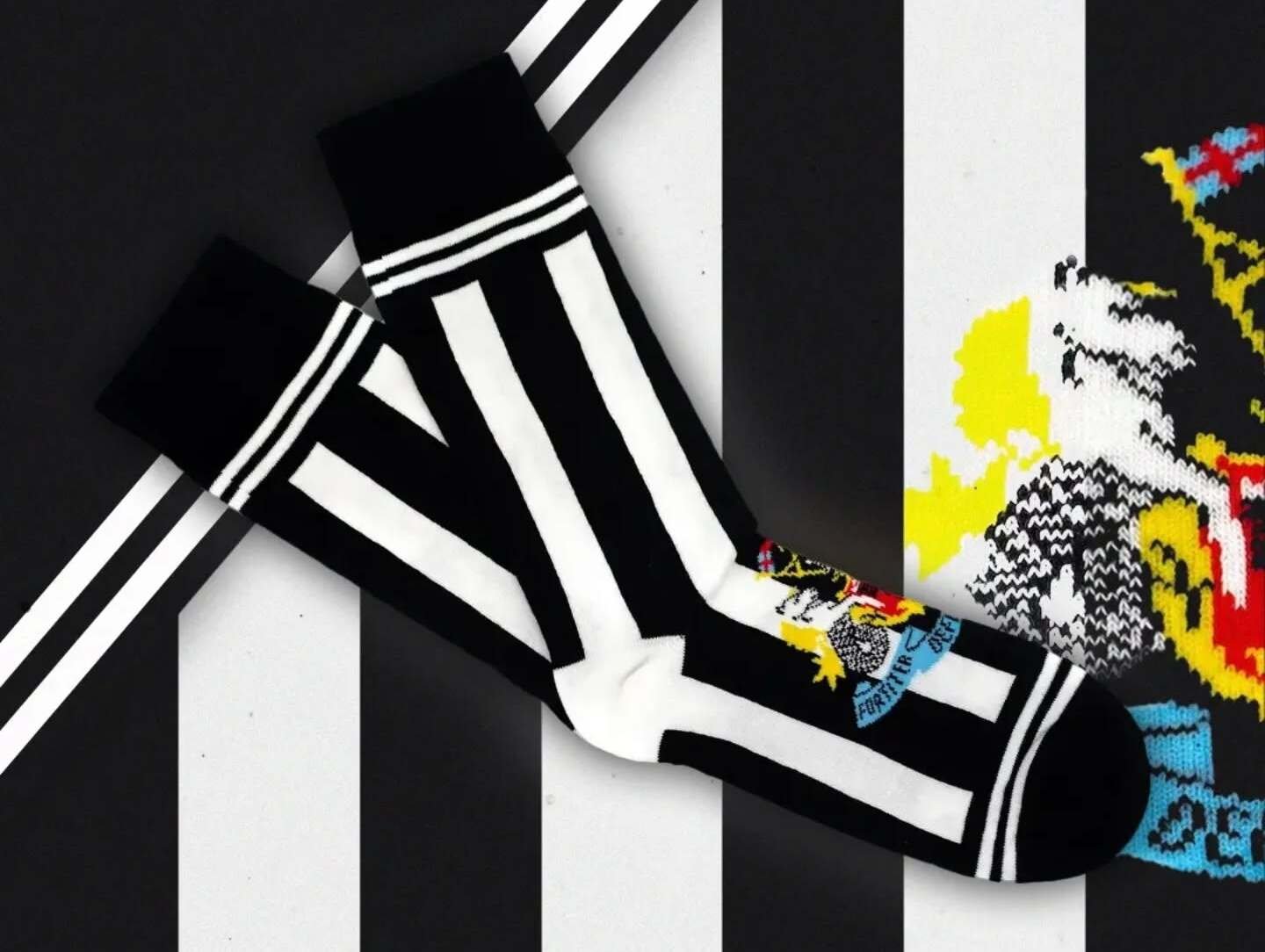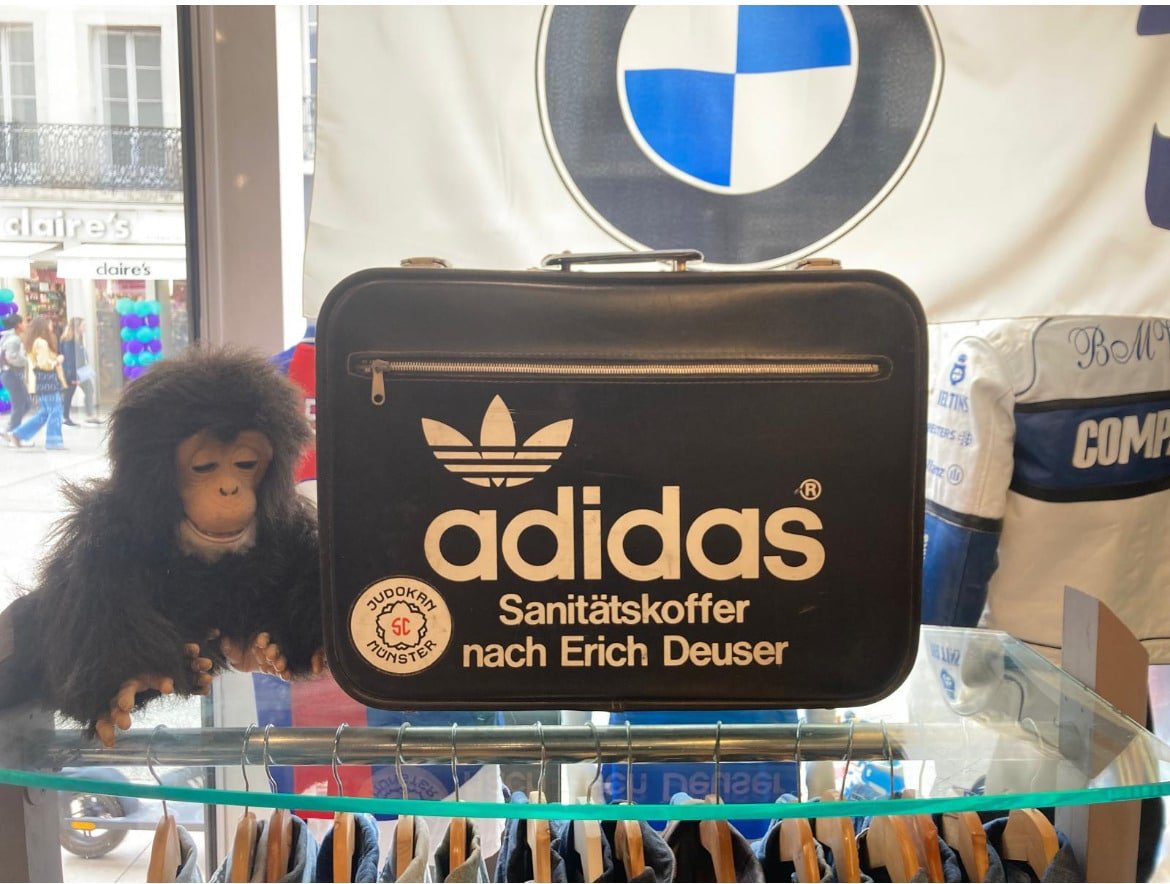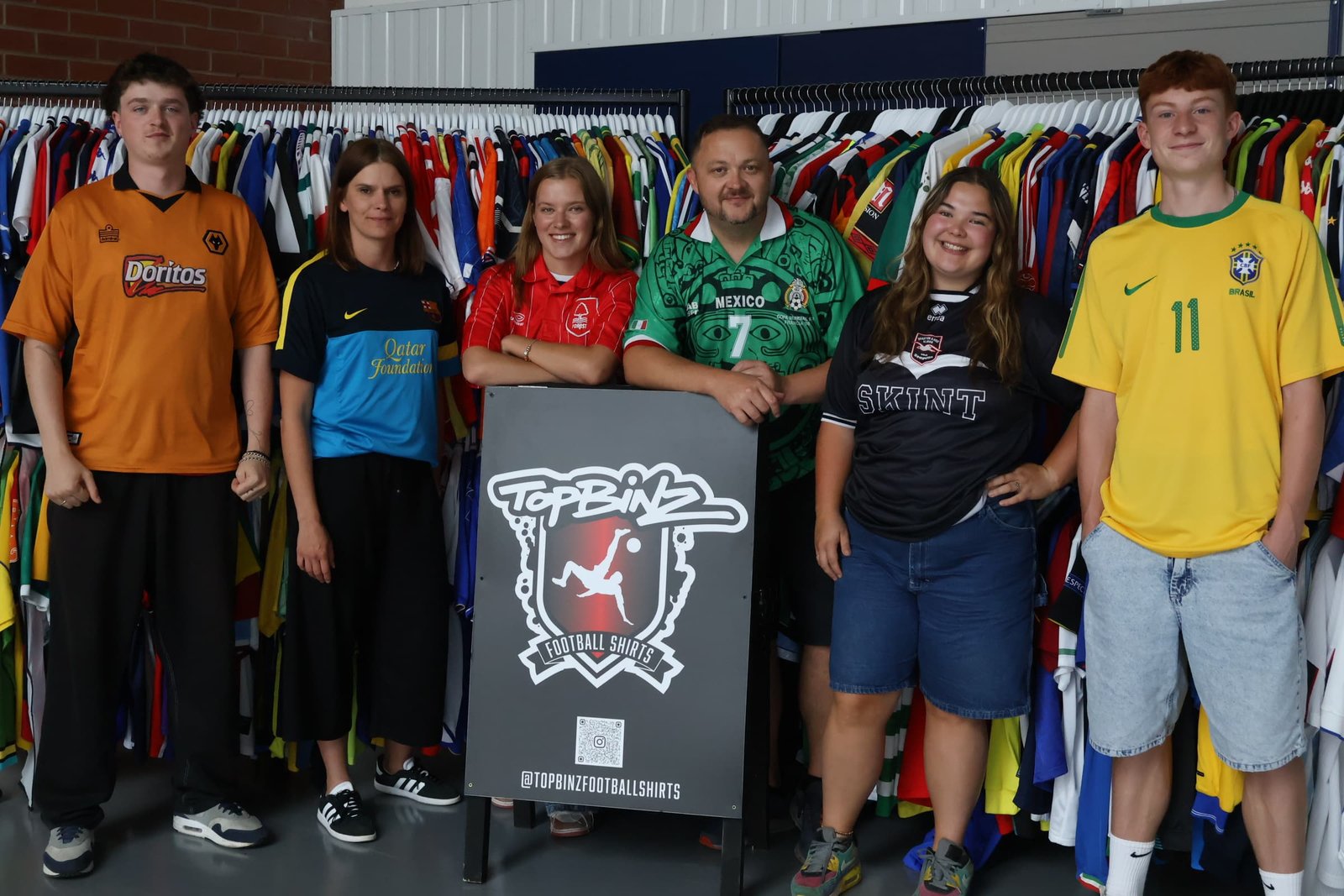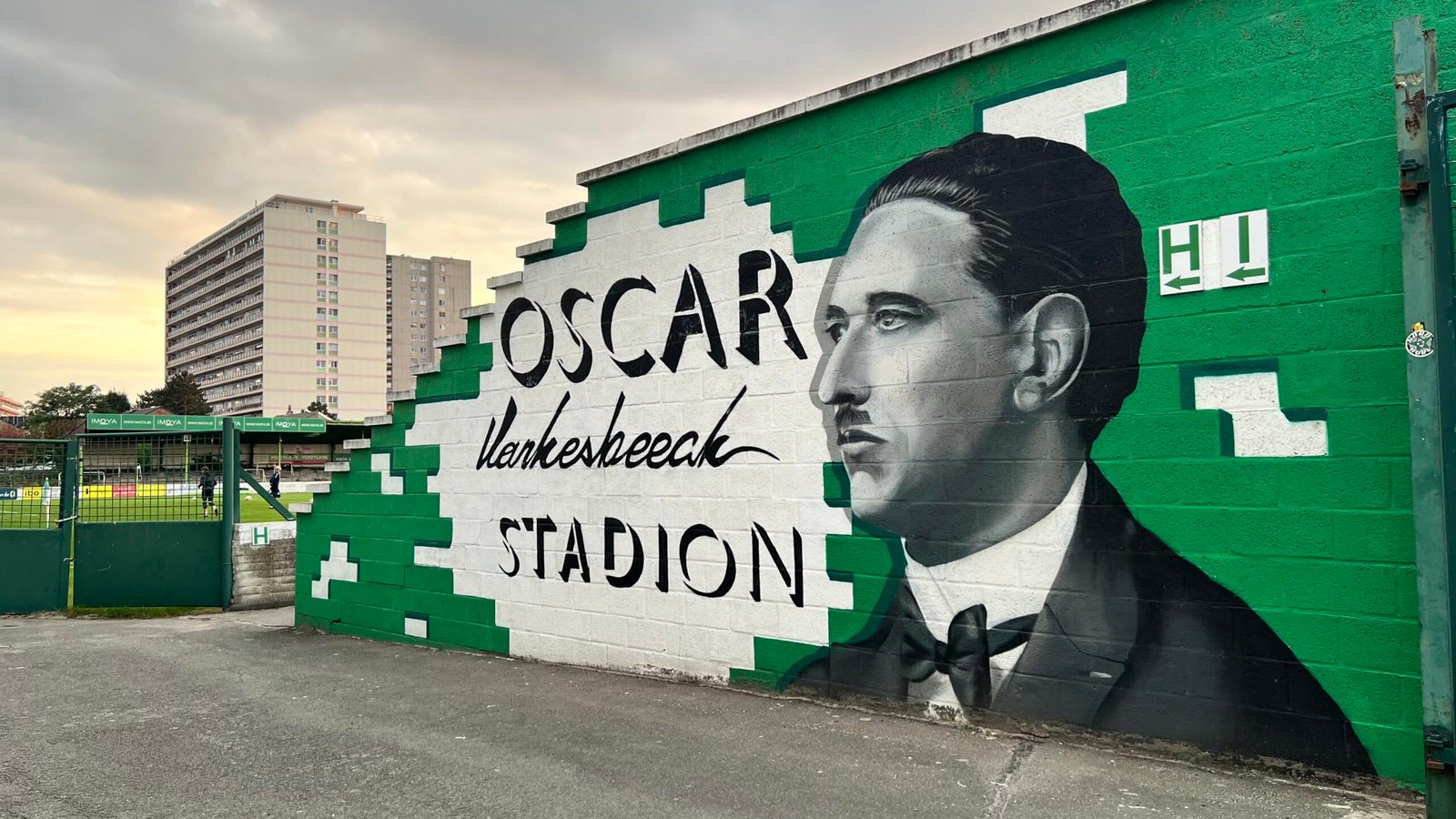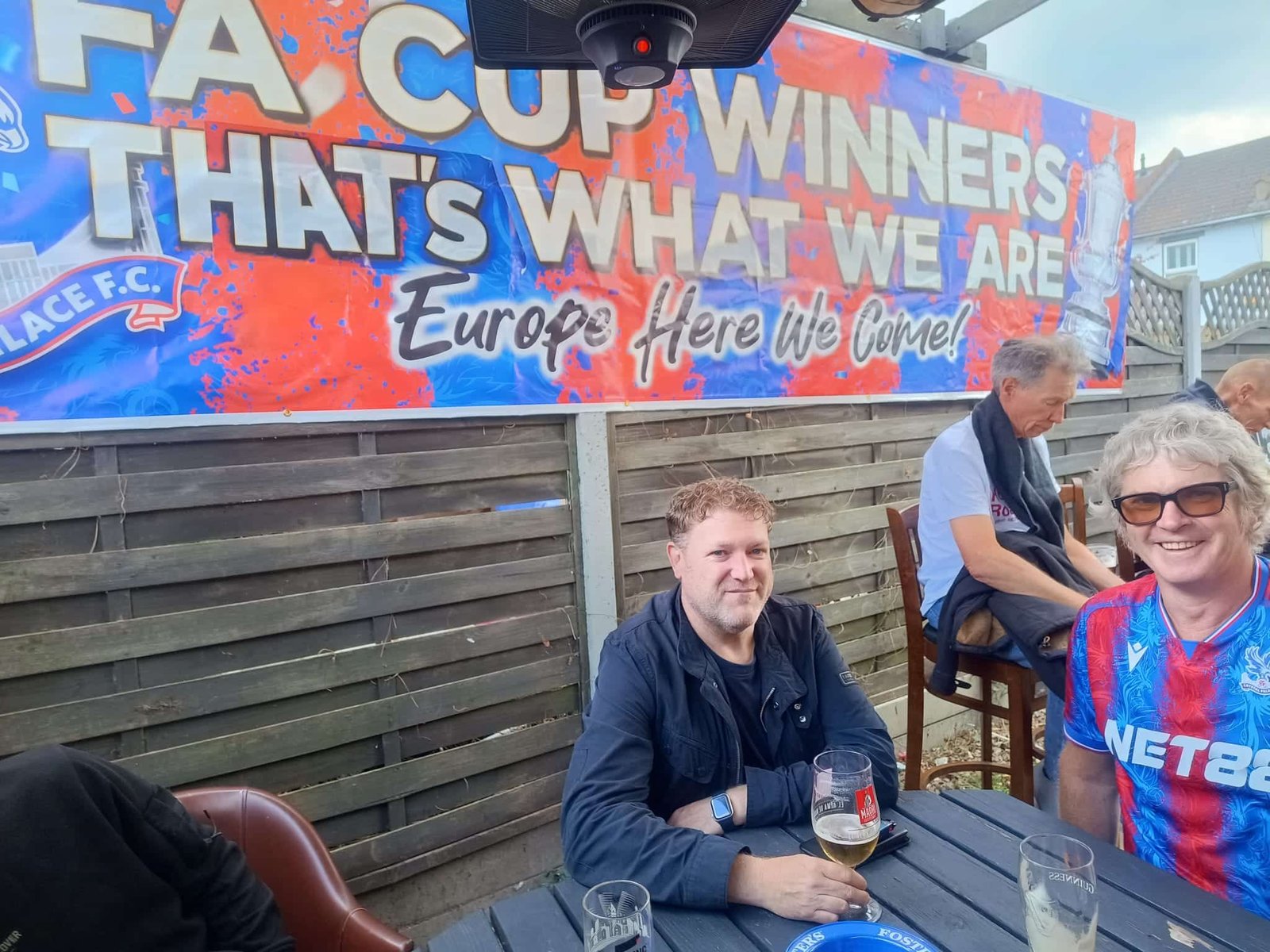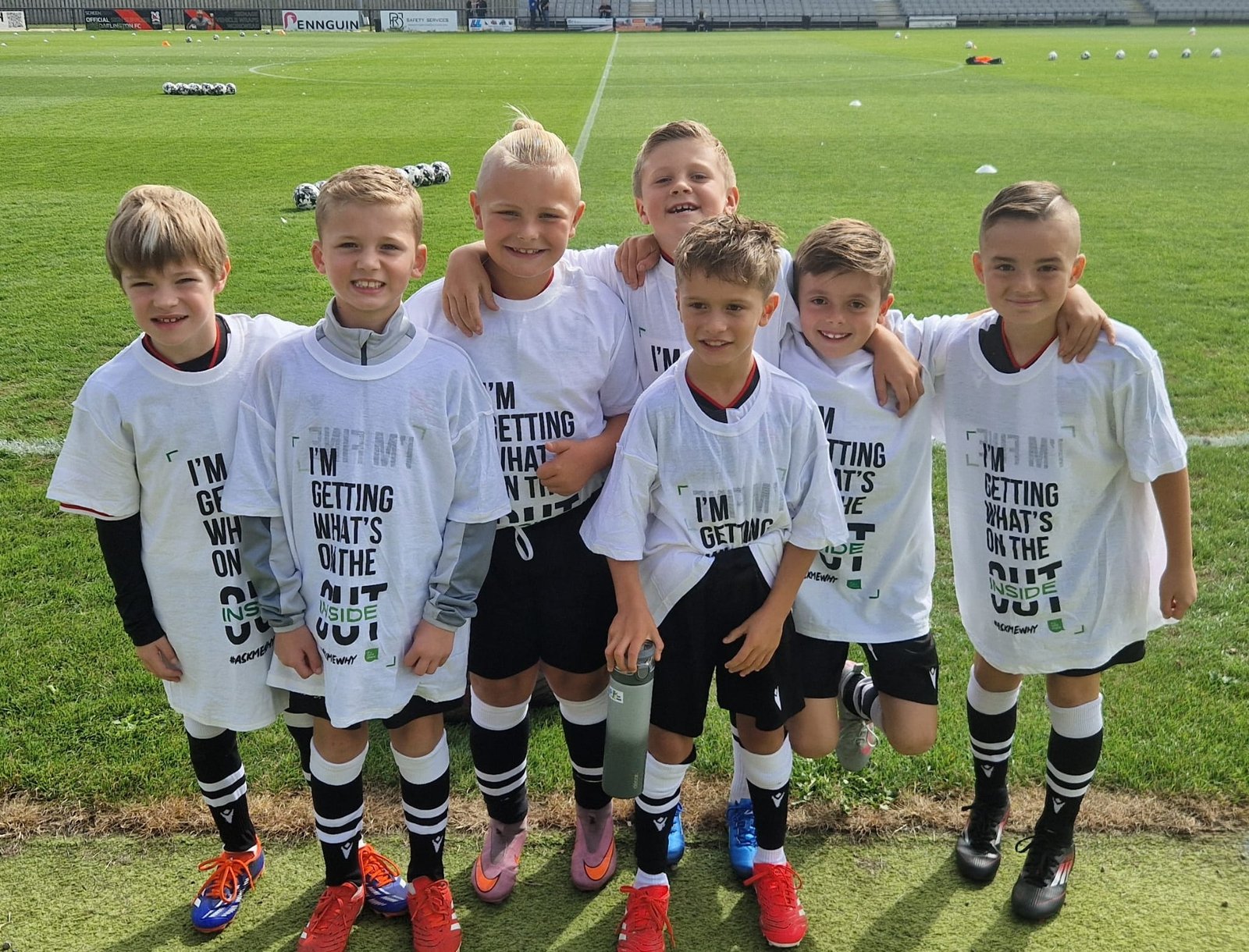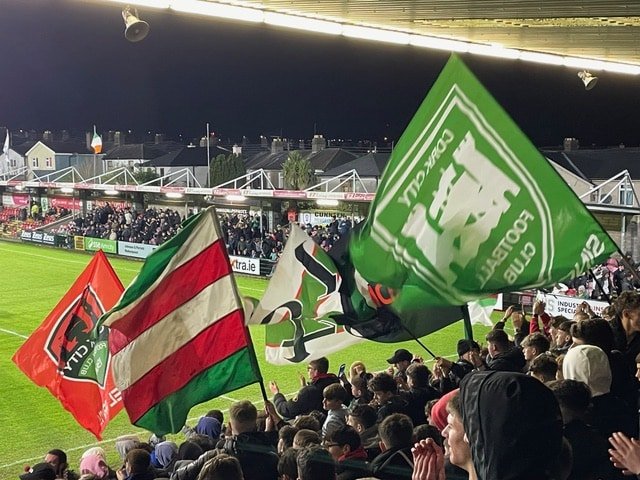Representing the hosts at Euro 2025, the Swiss national team have come a long way since 1970
For those coming to Zürich for the Women’s Euros, the FC Zürich Museum in town is hosting Frauen am Ball, a pictorial history of the Swiss women’s national football team from 1970 onwards.
As well as match action and team line-ups, images include players mocking up a train scene from Some Like It Hot as they travel to an away fixture, while backdrops show the modest grounds where La Nati had to play in those early days. The exhibition is free to enter and on display until September 15. An accompanying English-language text has been promised.
Libero spoke with FCZ Museum curator Michael Jucker about the exhibition – and here you’ll find a full, downloadable guide to the tournament.
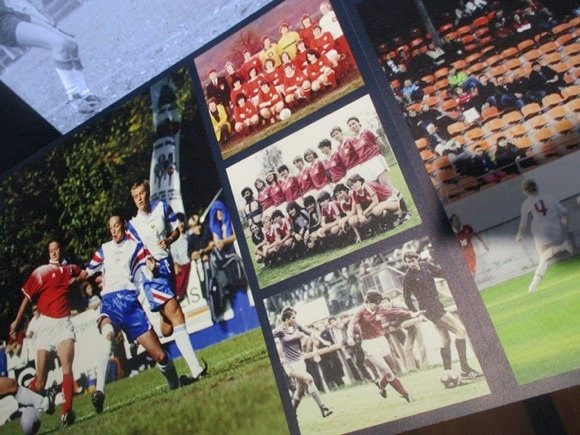
Libero: How did the idea for an exhibition on women’s football come about, and how easy was it to collate material?
Michael Jucker: The exhibition came about for two reasons. First, we have been an important documentation centre for Swiss women’s football for some time, as we had already presented a major exhibition on the topic in 2020.
Before that, we organised a kind of class reunion where many former players brought their memorabilia and then gave it to the museum. This was essentially the laying of the foundation stone for our archive related to women’s football.
Secondly, the authorities launched a call for participation in the cultural programme for the Women’s Euros, and we were happy to be part of it, especially since we have our museum right next to the fan mile. Thanks to funding from the city and canton, the exhibition was finally put together.
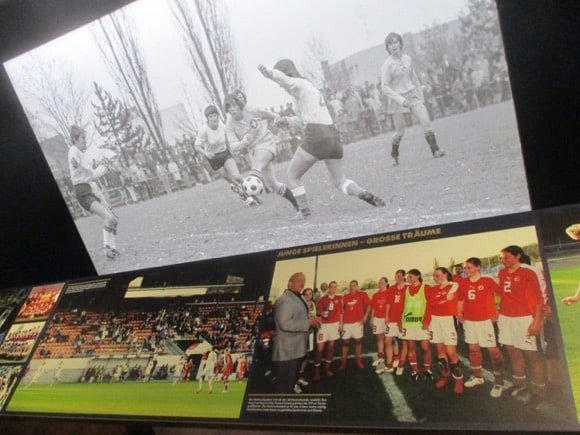
Libero: Can you point to any exhibits of particular interest?
MJ: The exhibition provides new insights because it also includes photographs from private collections of training camps and team events. Press photography was sparse in the 1970s when it came to women’s football. We also present a commemorative medal from the first unofficial World Cup in Italy in 1970, in which Switzerland took part.
Libero: How important has Switzerland been in terms of the development of women’s football as a whole – and, within that, what kind of role did Zurich play?
MJ: In Switzerland, there was no specific football ban as happened in England. Nevertheless, women were not allowed to play in a league until 1970. After that, however, women’s football developed very slowly in Switzerland. Italy, Germany and later, of course, the USA and Scandinavia, had a greater influence.
Libero: Can you provide a little information about FCZ’s women’s team?
MJ: FCZ were pioneers in women’s football. In 1968, the Damenfußball Club Zürich (DFCZ) was founded, the first such club in Switzerland. For a time, it dropped out of the league and certain players moved to Seebach, a very successful club founded in 1970.
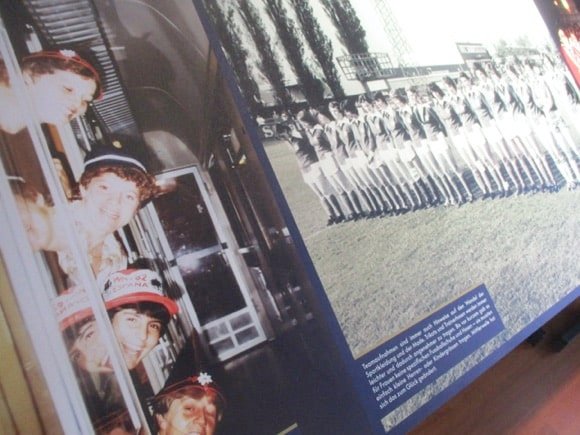
Seebach then merged with FC Zürich in 2008. Since then, the women have practically been serial champions and the most frequent cup winners. They also compete in the Women’s Champions League. Currently, the balance of power in the league is more even.
Libero: How much of a boost might it be to young players in Switzerland to have the Euros staged here?
MJ: I think this will trigger something among girls, and it’s to be hoped that even more will be lacing up their boots in the future. Role models are needed for young female players. Seeing them in the stadium is, of course, fantastic.
But long-term, sustainable investment is also needed in Switzerland. More football pitches, more officials, and more businessmen and women who will invest in women’s football and go to the stadiums when the league starts up again.
Frauen am Ball, FC Zürich Museum, Freischützgasse 1. Open Mon-Fri 10am-6.30pm, Sat 10am-5pm. Admission free.


